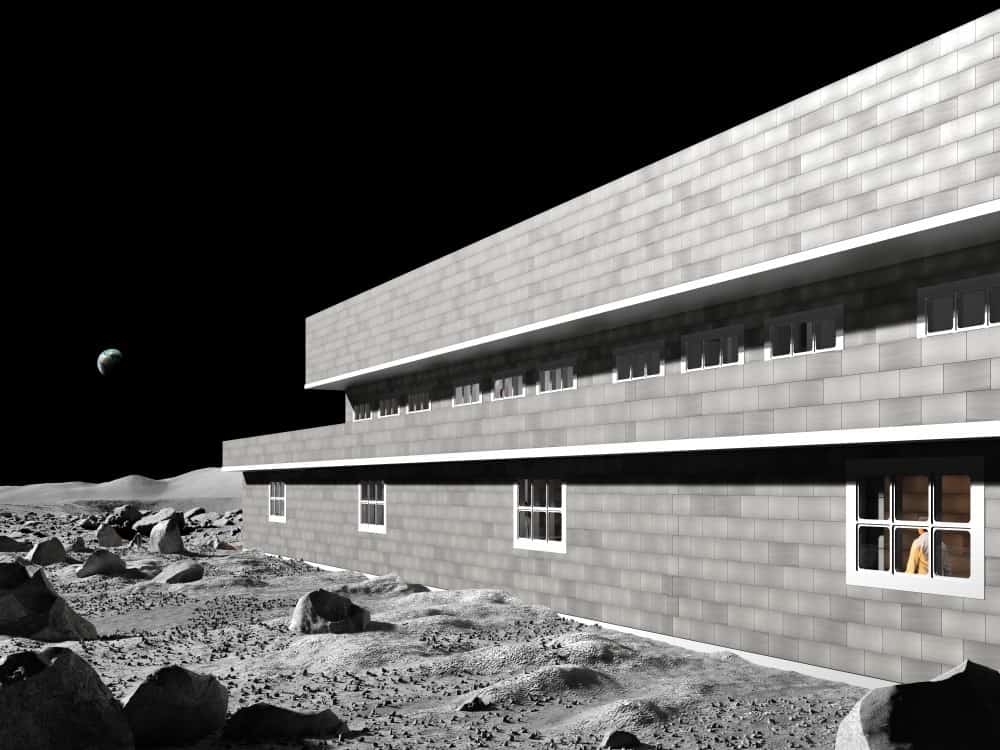Metallurgy, steam power and the integrated circuit are just a few of the many technologies that have had a profound effect on humanity. Will quantum computing soon join this list? Some people think so and they are warning that we should begin thinking about the ethical implications of a technology that could solve problems well beyond the reach of even the most powerful quantum computers. In the above video from Quantum Daily, six leading lights in the nascent quantum computing industry discuss the issue.

The UK developer Barrett London has teamed up with the British Interplanetary Society to create a prototype lunar home for future astronauts. Consisting of two floors with a 2 m-thick roof to protect inhabitants from radiation, the lunar module features three bedrooms – including an en-suite toilet – that are located on the lower floor as a further step to reduce the radiation dose. The open-plan upper floor features a kitchen, dining and living space as well as a gallery that offers the “perfect place to offer views across the lunar landscape, and if you’re lucky even be able to spot Earth in the distance”.
Barrett says that many amenities will be available such as electricity, water, internet and – thankfully — air. While the house will be built using resources found on the Moon including basalt bricks, Barrett adds that furnishing the home would be “one of the trickiest aspects of living on the Moon,” as wood and plastic would need to be imported from Earth. Connecting each terraced property, meanwhile, is a “street”, which looks more like an underground passage given the need to protect from radiation. Perhaps naming the street “The Crescent” would be fitting?
I’m not sure if Barrett London is planning to build a golf course community on the Moon, but if you fancy hitting a few balls on the lunar surface the BBC has an analysis of Alan Shepard’s attempt during the Apollo 14 mission 50 years ago. Instead of hitting a golf ball “miles and miles and miles,” as Shepard claimed, researchers now believe the ball went about 37 m. However, they point out that this was pretty good considering Shepard was wearing a very restricting spacesuit.
